Best Freshwater Aquarium Plants For Beginners (2024 Guide)

If you’re looking to add a splash of color and life to your freshwater tank, aquarium plants are the way to go. Not only do they make your tank look great, but they also provide important hiding places for fish and other aquatic creatures, and can improve the water quality. In this blog post, we’ll discuss the 10 best plants to choose for freshwater aquariums, the benefits of keeping an aquarium plant, and how to keep them alive and healthy.
What are the benefits of keeping aquarium plants?
There are numerous benefits to keeping aquarium plants: they help to filter out excess nutrients, provide hiding places for your fish, and all-around look amazing when properly acquascaped!
Are live plants good for fish tanks?
Aquarium plants offer a number of benefits for both fish and aquarium enthusiasts alike. First, they help to improve the overall water quality by oxygenating the water, reducing nitrates and providing essential nutrients for aquatic life. Additionally, aquatic plants can provide habitats and hiding spots for smaller species like fry or shrimp that may be present in your tank.
Having plants also adds to the aesthetics of a live aquarium, making it look more natural and vibrant. The addition of certain species can even draw out a fish’s colors, making them stand out even more against the lush green backdrop. For example, the bright blue and red of a Neon Tetra will really pop against the dark green leaves of a Java Fern.
Aquarium plants are also great for helping to reduce stress levels in fish, as they provide natural hiding spots and can act as physical barriers between aggressive individuals. Finally, plants can help reduce algae growth in an aquarium by out-competing them for nutrients, leaving less food and resources for algae to survive, improving the quality of the water.

Are planted aquariums hard to maintain?
On the surface, planted aquariums may seem intimidating or difficult to maintain due to their complexity. But with a little bit of knowledge and dedication, they can actually be quite easy to care for! In order to keep your aquarium healthy and thriving with plants, all you need is patience and commitment. A planted tank requires regular monitoring of water parameters such as pH, temperature and nitrate levels, as well as providing the necessary nutrients for the plants to thrive.
It is also important to keep up with regular aquarium maintenance such pruning of overgrown plants or removing dying leaves. Additionally, you should do research on the specific species of plant that you plan to put in your tank so that you are aware of its needs and requirements.
Can you have an aquarium with just plants?
Yes, you absolutely can have an aquarium with just plants! Aquariums that solely consist of aquatic plants are referred to as plant-only tanks and are becoming more popular among fish tank hobbyists.
When creating a purely aquatic plant setup, it is important to choose the right type of plants for your particular aquarium size in order to ensure that they have enough space to grow. Depending on the size and light of your tank, there are a wide variety of options ranging from floating plant species like Water Lettuce or Hornwort to rooted species such as Java Ferns or Anubias.
Overall, having an aquarium with just plants is a great way to enjoy the beauty and aesthetics of aquatic life without the added stress of caring for fish. With the right knowledge, dedication and commitment, you can create a stunning environment that will be sure to wow any visitors!
How to choose your aquarium plants?
When selecting aquarium plants, you have several things to consider before making a purchase. First off, think about the size and shape of your tank. This will play an important role in what type of plant you should select because some species require more space than others. Additionally, note the amount of lighting you’re providing to your tank; this is especially important if you’re planning on having live plants as some need more light than others while some prefer low light environments instead.
It’s also important to take into account the hardness of your water since different types of plants tend to prefer different levels of water hardness or alkalinity levels. For example, some hardy species such as Java Ferns can survive in most pH ranges whereas other plants like Anubias may struggle with hard water conditions. To ensure that your plant stays healthy and happy, always test your water parameters first before buying new plants so that you know what kind is best suited for those specific conditions.
Another factor when choosing aquarium plants is their growth rate and size they’ll reach when fully mature. Will they outgrow their allotted area? Is there enough space in the tank for them to spread? If not, then perhaps choosing smaller or slower-growing varieties would be best instead so that everything stays manageable over time.
Finally, be sure to research how each plant reproduces as well as how hardy it is under different conditions; these are both important factors when deciding which ones are right for you. Some species reproduce very quickly (e.g., Hornwort) whereas others don’t grow at all (e.g., Anubias). Each type has its own set of advantages and disadvantages depending on what kind of habitat you’re trying to create in your tank; just make sure never to introduce any invasive species into your system!

Where to put different kinds of plants
When setting up an aquarium, considering the height and growth rate of each plant is essential.
Low-growing plants make great foreground plants, as they are usually shorter than other varieties and do not require much maintenance. These low-growing plants should be placed closest to the front of the tank and can even be grown in small clumps to give your aquarium a lush look.
Mid-height plants, such as Anubias or Java Ferns, are ideal for midground placement as they will reach about 10–15 cm in height. These types of aquarium plants offer more complex leaf structures and provide good hiding spots for fish. For background planting, larger species such as Amazon Swords or Cryptocoryne are recommended. These tend to grow taller than 30 cm and will create a stunning backdrop when kept well cared for.
When selecting these tall aquatic plants, be sure that any lighting fixtures you have installed are high enough above the tank so that they can receive plenty of light and still have room to grow. Lastly, it’s important to remember that all aquarium plants require certain water parameters such as pH levels, temperature, lighting needs and nutrient availability in order to thrive.
In addition, some species may require additional supplementation with carbon dioxide or fertilizers in order to stay healthy and properly grow within your aquarium environment.
The Best Freshwater Aqua Plants for Beginners
Anacharis
One of the best plant options for beginners is anacharis, also known as Brazilian Waterweed. This plant is easy to care for and grows quickly in a wide range of temperatures and water conditions. It can help reduce nitrate levels in the aquarium, making it great for keeping your tank clean and healthy. Anacharis can be purchased from most local pet stores or online plant nurseries.
Java Moss

Another great plant for beginners is Java Moss, which is low-maintenance and needs little to no care to thrive. It’s a good plant for aquariums with high flow as it can withstand strong currents, and also provides an excellent hiding place for fish. Java moss is widely available most chain or LFS given it’s popularity for beginners.
Dwarf Hairgrass

Dwarf Hairgrass is an attractive plant that grows in low-to-medium light conditions, making it a great plant for beginners. While sometimes confused with Dwarf Sagittaria, these are actually different plants. It’s easy to care for and will spread quickly throughout the aquarium if given good lighting and nutrients. It’s a perfect foreground or midground plant given it’s smaller size.
Amazon Sword
Amazon Sword plants are a top pick in terms of plants for beginner aquarists as they can tolerate a wide variety of water conditions and temperatures, making them very hardy. They require medium lighting and have large, showy leaves that provide an excellent hiding place for fish and other aquatic creatures. Amazon sword plants are widely available at pet stores or online plant nurseries.
Cryptocoryne wendtii

Cryptocoryne wendtii is another great plant for beginners, as it’s low-maintenance and can tolerate a wide range of temperatures and lighting conditions. It has attractive, broad leaves that provide excellent hiding places for fish and other aquatic creatures. Cryptocoryne wendtii can be found in plant nurseries or online plant stores.
Hornwort

Hornwort is a great plant for beginners as it’s low-maintenance and can survive in a wide range of temperatures, lighting conditions, and water parameters. It provides an excellent hiding place for fish and other aquatic creatures, and helps to oxygenate the tank. But watch out: Hornwart can grow extremely quickly in the right conditions.
Java Fern

Java Fern is an aquarium staple, given that it’s a hardy plant that’s easy to care for and can tolerate low-to-medium light conditions. It grows slower than some other plants, but provides an excellent hiding place for fish and other aquatic creatures. Java fern can be found in plant nurseries or online plant stores.
Anubias barteri
Anubias barteri is a great plant for beginners, as it can tolerate low-to-medium light levels and grows slowly in the aquarium. It’s an attractive plant with large, showy leaves that make excellent hiding places for fish and other aquatic creatures. Anubias barteri can be found in plant nurseries or online plant stores. Be forewarned, this tends to be a slower growing plant.
Rotala rotundifolia

Rotala rotundifolia is an easy-to-care for plant with beautifully colored leaves that provide excellent hiding places for fish. Also known as the dwarf rotala, it grows quickly in a wide range of water conditions and temperatures, making it great for beginner aquarists. Rotala rotundifolia can be found in plant nurseries or online plant stores.
Valisneria

Valisneria is a hardy plant that’s easy to care for and can tolerate a wide range of temperatures and water conditions. It provides an excellent hiding place for fish and other aquatic creatures, and helps to oxygenate the tank. Valisneria can be purchased from most pet stores or online plant nurseries. It’s a personal favorite in my tank as it creates the appearance of a lush water forest, and my experience shipping has been smooth!
By choosing any of the above plants, new aquarists can easily add some life to their aquarium. Keep in mind that all plants will require proper lighting and nutrients for optimal growth, so be sure to research each plant before adding it to your tank. With the right care and attention, these easy-to-care-for plants can create a beautiful, vibrant ecosystem in your aquarium.
Conclusion
Aquatic plants are an important part of a healthy aquarium, providing vital oxygen and nutrients. There is a wide selection of plants available for beginner aquarists to choose from, ranging from hardy low-light tolerant species to high-flow varieties that require intense lighting and nutrient supplementation. With the right care and attention, these easy-to-care-for plants can create a beautiful, vibrant ecosystem in your aquarium.
No comments


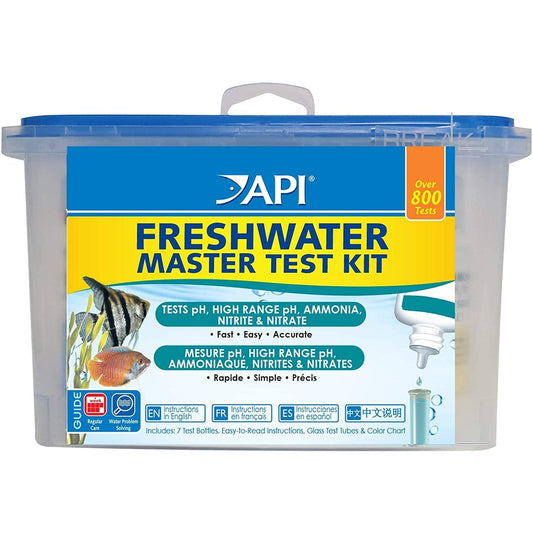
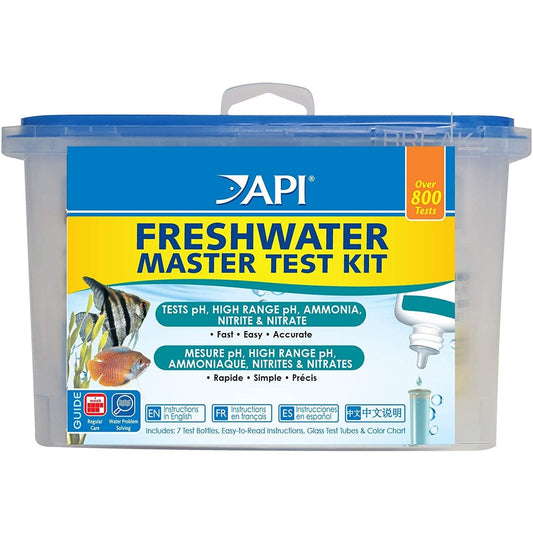
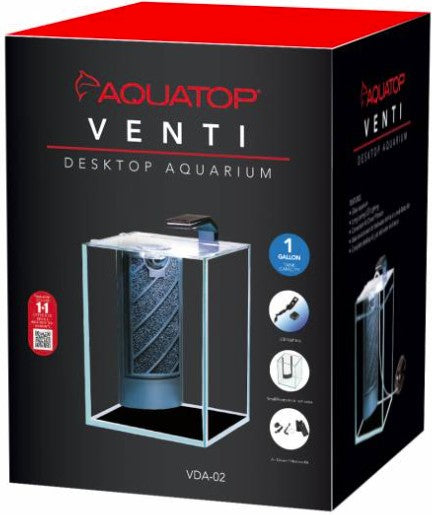



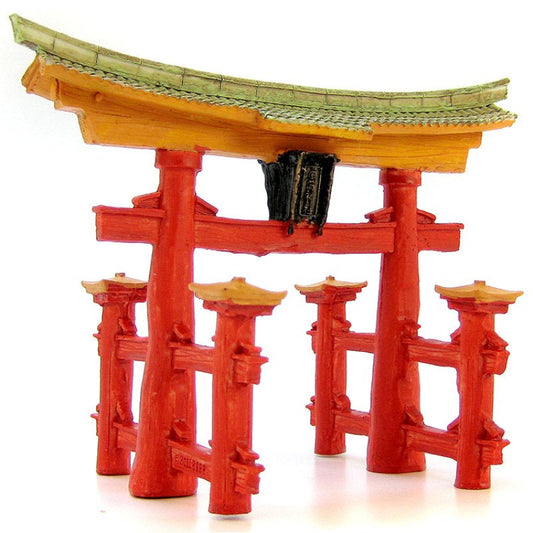

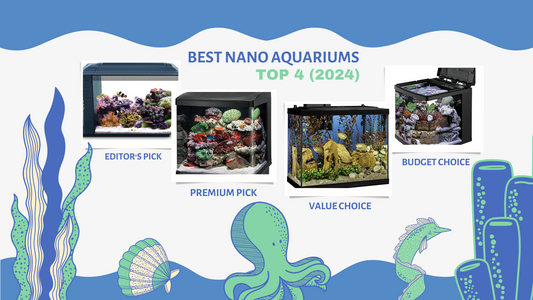
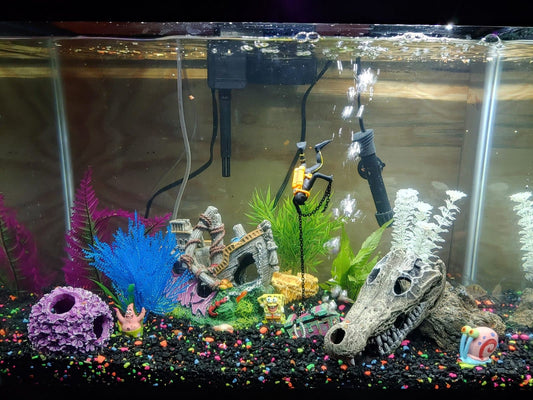


comments